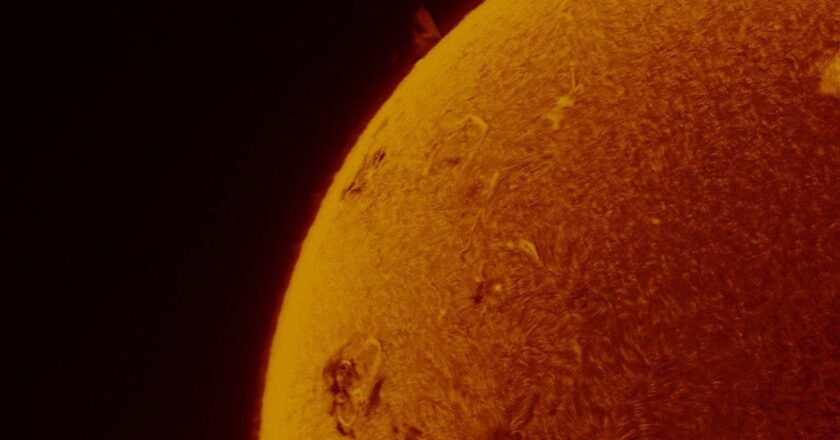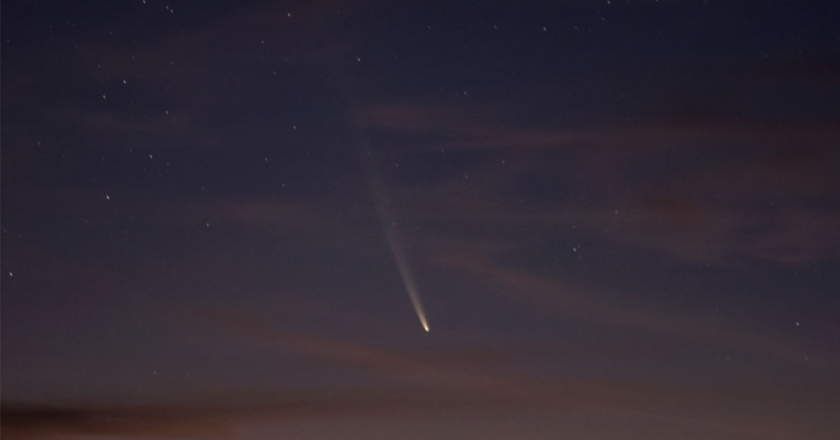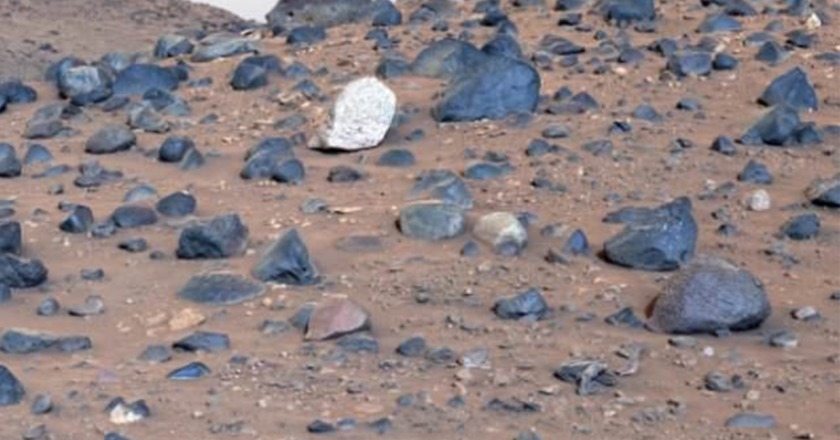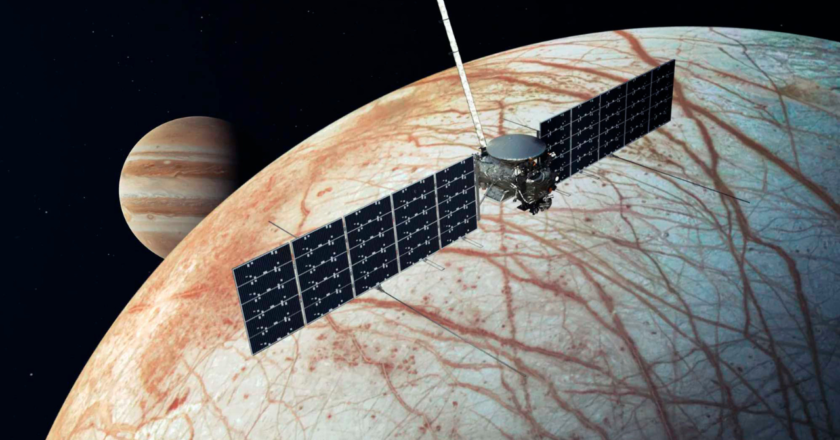Geomagnetic storm expected following autumnal equinox
The Earth is expected to experience a geomagnetic storm this week following the autumnal equinox.A sunspot erupted on Sunday, generating a coronal mass ejection (CME) on a trajectory toward Earth.The solar plasma, propelled toward the planet at 650,000 mph, is expected to glance off the magnetosphere on Wednesday, according to Space.com.GEOMAGNETIC STORM HITS EARTH CREATING NORTHERN LIGHTS, DISRUPTING RADIO COMMUNICATIONS A view of the Sun through a solar telescope, showing solar prominences, sunspots and filaments. (Manuel Romano/NurPhoto via Getty Images)The CME could create a geomagnetic storm in part of the world due to its occurrence near the autumnal equinox, which passed on Sept. 22. During the spring and fall equinoxes, the Earth's magnetic poles are aligned with the sun's, ma...










